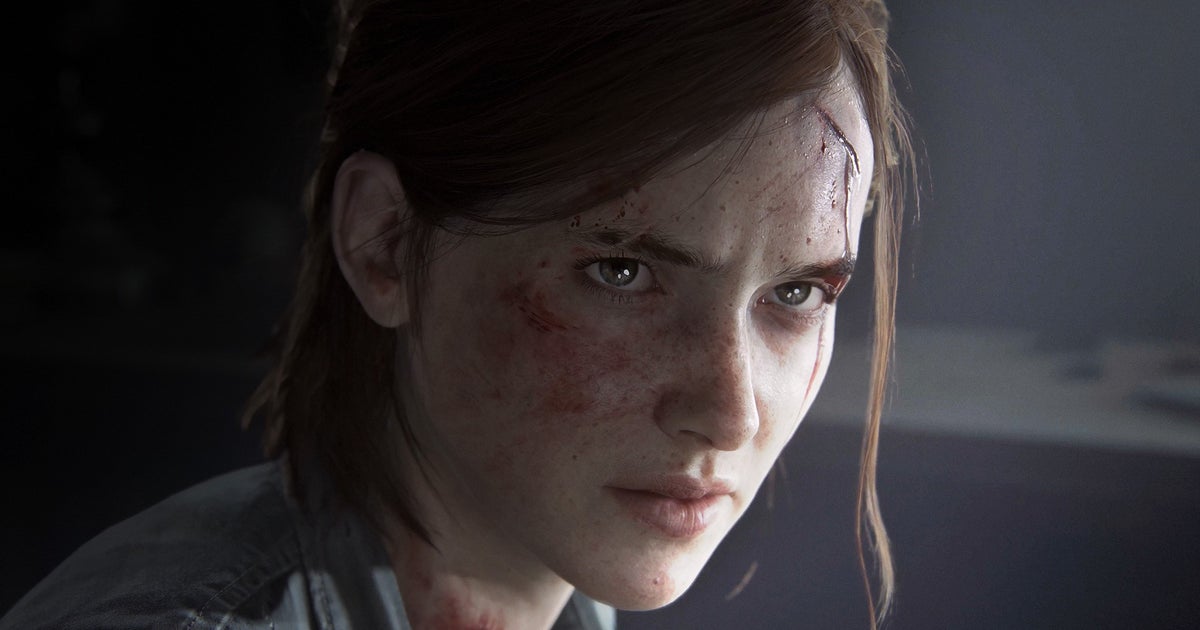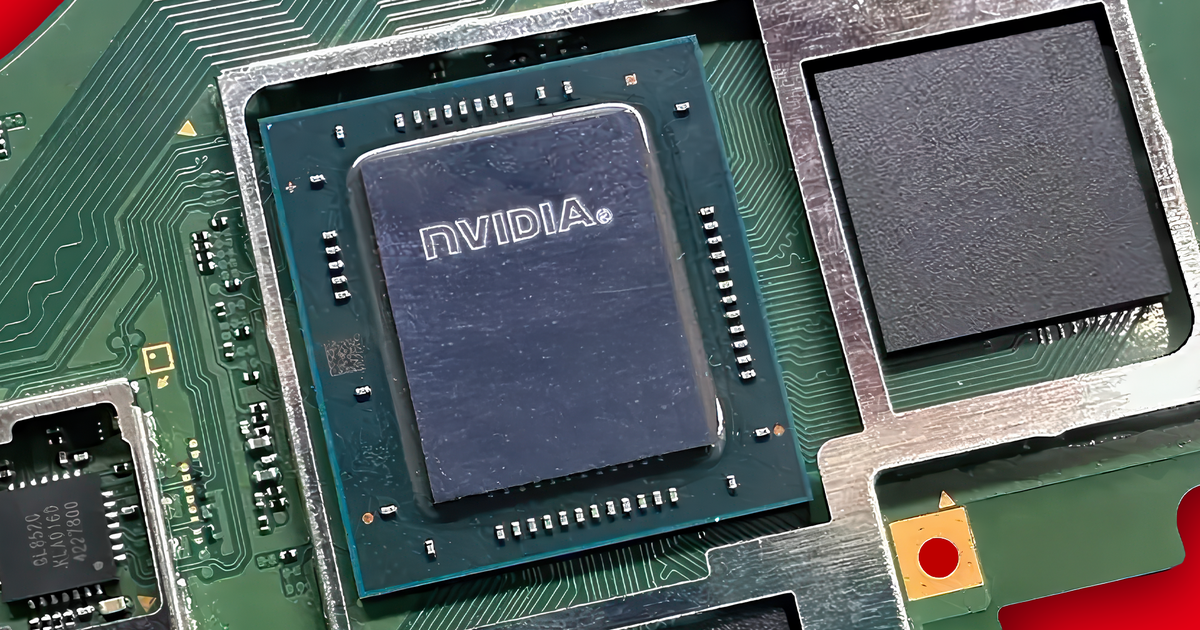Here is an upload of the full playthrough of that section
@Below2D. This is the playthrough of that section that I highlighted in my review. Take note of my GPU clock vs. his, also take note of my GPU utilisation and CPU utilisation for the sections that are below 60 fps. If you watch, you can also see a moment or 2 where the game does a load and causes a frame-time hitch, followed by high CPU utilisation (something I talk about in my video).
I have no problem at all uploading performance videos for people at beyond3d since you are good folks here, but one thing I should say is that I am not trying to deceive an audience or anything. If I record something, I write and talk about it in a video in a way to describe it, while highlighting what I am saying visually on screen. My script for my video talking about 3060 performance says the following:
"When punching in the settings that give you the greatest equivalency to base PlayStation 4s quality you might be surprised what level of GPU and CPU are necessary just to even double that level of performance. Playing through the game on an RTX 3060 targetting 1080p and 60 fps it was not hard to find many scenes that are below 60 fps on that GPU due to the GPU being tapped out. It could hold 60 over extended periods for sure in a nice way, but it definitely faltered more often than one would hope in reaching 60 fps at a mere 1080p."
I purposefully say that my RTX 3060 (which is a refrence model) can hit 60 fps for large stretches of time, but it can also commonly enough fall below 60 fps while GPU limited in scenes. You should assuredly see that in the video above.
That persons video of an RTX 3060 at 2100 Mhz is not at all debunking my statement or the footage I present on screen.

www.eurogamer.net












